A Relook at Delhi’s Water Logging by Manohar Khushalani
Water-logging in the city a sight during every monsoon
This study of Delhi’s Drainage System was last published in 2017 and earlier in 2010. It gets revised after each major development. Why the need to revise it? Please read below.
A city like Delhi which draws its water from the river, follows a cycle similar to the Hydrological Cycle of Nature. Water is supplied by the municipalities to the residents. Some of the water is utilized for drinking purposes, some for watering the gardens and some for cleaning, washing and bathing and some for flushing the toilets. The latter two ideally enter the sewage system. The rain that falls over the city enters the storm water drains which empty into huge nullahs, which in turn empty into the river Yamuna.
This system can also enable rain water harvesting because the storm water drains can be utilized for water harvesting in an organized fashion. But the storm water drainage system of Delhi is complex owing to a combination of natural and man made drainage systems – drainage basins which naturally drain, storm water drains along the roads and a new phenomenon of combined sewer cum storm water drains created as a bypass arrangement for blockage sewer lines. It is this that has resulted in polluting the storm water drainage system. As a result, the nullahs which used to run with rain water during monsoons now carry only sewage.
What was also being done, using Commonwealth Games as a shield, was to cover up the nullahs. Now, this is really like putting dirt under the carpet. This reminds me of a fable, in which, when a rabbit is confronted by pointing a gun at it, all it does is to cover its eyes with its ears. The rabbit thus thinks that the threat no longer exists, but, it gets shot in any case! When you hide the threat you don’t necessarily solve the problem you only ignore it … until it becomes bigger. Even if some sewage was reaching the nullahs, the rain water used to ensure that the viscous or solid waste content was appropriately diluted and thus the effluent reaching the river would not be as heavily polluted as it is today.
When residents cover or even fill up the storm water drains outside their houses to help park their cars or when the sweepers also dump garbage into the open drains, it prevents rain water from reaching the nullahs and ultimately the river. Blocking a drain should be treated as an offence, because it is equivalent to sabotaging a public utility on which tax payers money has been spent. Historically it is said that the drainage system of Old Delhi was largely developed by the Mughals whereas of New Delhi by the British. It used to work fine until it was vandalized by us humans.

However about 4 years ago a young Municipal Councillor, a debutante, Shikha Rai, took an initiative in all of the blocks in Greater Kailash-1, which appeared to have worked. She developed a new workable storm water drainage system which has worked flawlessly in the last 4 years.
This experiment was so successful that it was further extended and replicated in her entire constituency to Kailash Colony, East of Kailash etc. That’s saying a lot, considering that no earlier government had succeeded. Every year drains were desilted before monsoons. Gradually it became a losing game because desilting became less regular and also, as explained earlier, not feasible.
Shikha Rai re-dug and re-built the entire drainage system. It was specially tricky because the crossover bridges built by residents to enter their driveways, had to be cut and new crossover ramps were built by SDMC on each driveway of each house. The storm water drains were covered by porous RCC slabs, so that cars can be parked and rain water can flow into the drains and road muck was restrained. The effect was really dramatic. Every monsoon the streets, which were ankle or knee deep with water earlier, got drained away much faster.
The Simplistic looking RCC Perforated Tiles Interspersed with removable lid for de-siltation
If that is the case, then why did one wait so long to report this. The reason is caution. Firstly I did not want to give a thumbs up without seeing the system work. Secondly one had to wait for the desilting to take place, to ascertain that the Porous tiles are removable and silt can be extracted. This exercise was done partially by SDMC at a few places and silt was removed a few days ago.
De-silting of Drainage System in Greater Kailash 1 done by SDMC in October 2021
However, one would like to caution the authorities, that like all successful arrangements the system needs to be maintained regularly for it to work properly. Desilting must be done as an when required and the Porous tiles replaced whenever they break. Also it was observed that the drain holes in many of the tiles had got blocked with the silt and muck. The whole system will fail if these holes are not cleared periodically. The plus points are:
As a footnote, one would like to explain that this technical analysis should be treated just so – an evaluation based on observation over 4 years. It is important to acknowledge a successful initiative because while we point out flaws in public utilities, we will be failing in our duty if we don’t give the good news.
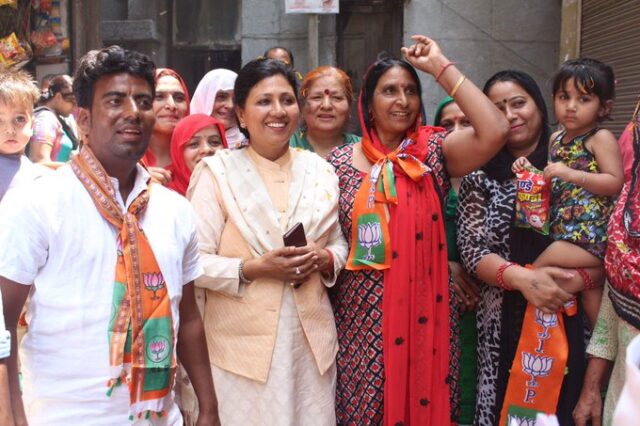
Another interesting phenomenon, prevalent not only in Delhi but in most cities, is, that garbage is always dumped near the river. Therefore, when the rains come, that garbage too finds its way into the river. Now the river in Delhi does not spring out at the city itself but comes down from the Himalayas collecting water and effluent along the way. For the river to flow smoothly, the unobstructed route through which it flows ensures how much water can pass. Silting of course reduces the depth and the width of the river. But the problem is compounded by man. The tragedy of Yamuna is that when the city was faced with constraints of space, the authorities that be, allowed construction in the river bed, thus reducing the cross section of the river and creating the situation for future disaster.
Earlier in the river bed, during the non monsoon period, agricultural farming used to take place. This was in no way harmful; because when the rivers ran full during the monsoons; it used to leave a coat of fertile silt on the farm beds and the greenery thus grown also acted as a lung for the city. Now, the infrastructure developments on the river front, with Akshardham temple and games village coming up, will encourage others to encroach into the river and ultimately destroy the hydrological cycle of the city.
The matter is not closed, Jury is still out regarding the Sewage System and Garbage Handling. One would request the readers to read the earlier article in this journal to understand the issue. Please do so at the link below
Copyright Manohar Khushalani and OneVorld.org Oct 4, 2021
Bibliography:
- Irrigation Practice and Design, (Volumes I, II,III, IV & V) K.B. Khushalani & Manohar Khushalani Pub; Oxford & IBH (Sponsored by National Book Trust)
- Control of Urban Pollution Series:CUPS/ / 2003-2004, CPCB
- City Development Plan , Department of Urban Development, Govt. of Delhi / IL&FS/October 2006,
- Why is Delhi Water Logged It’s Drains and Sewers Clogged



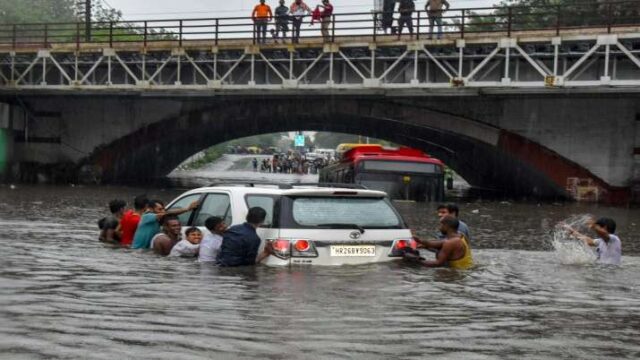
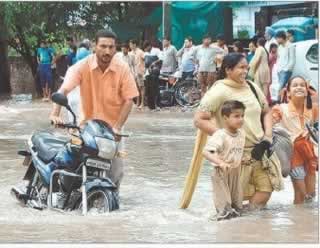
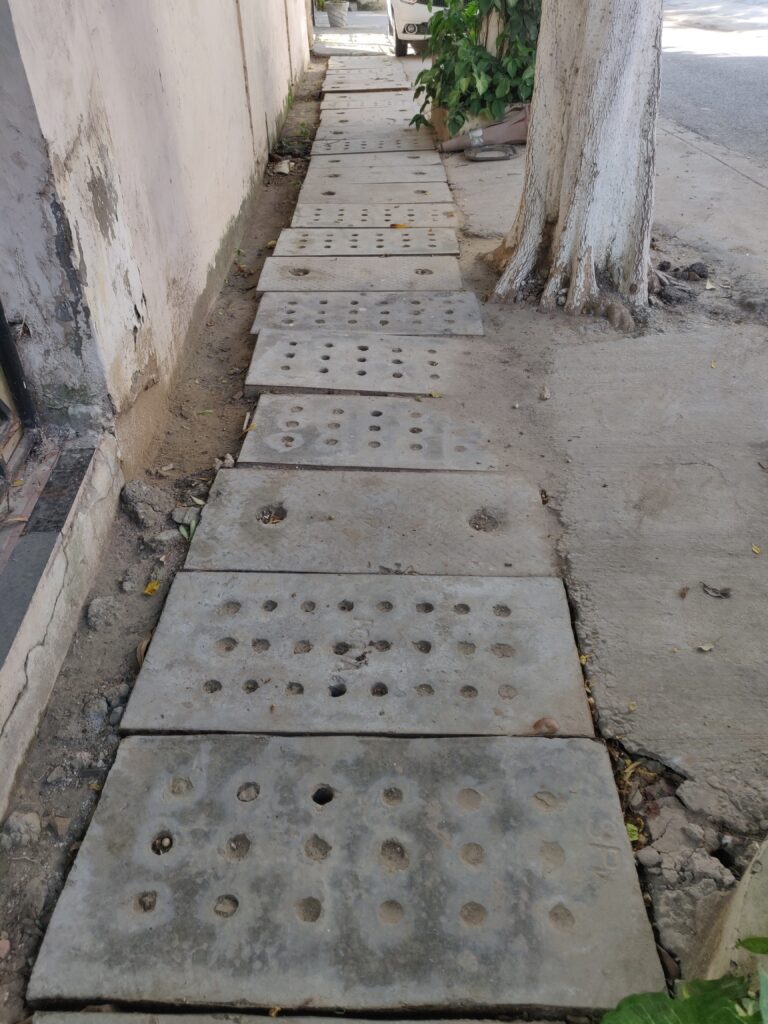
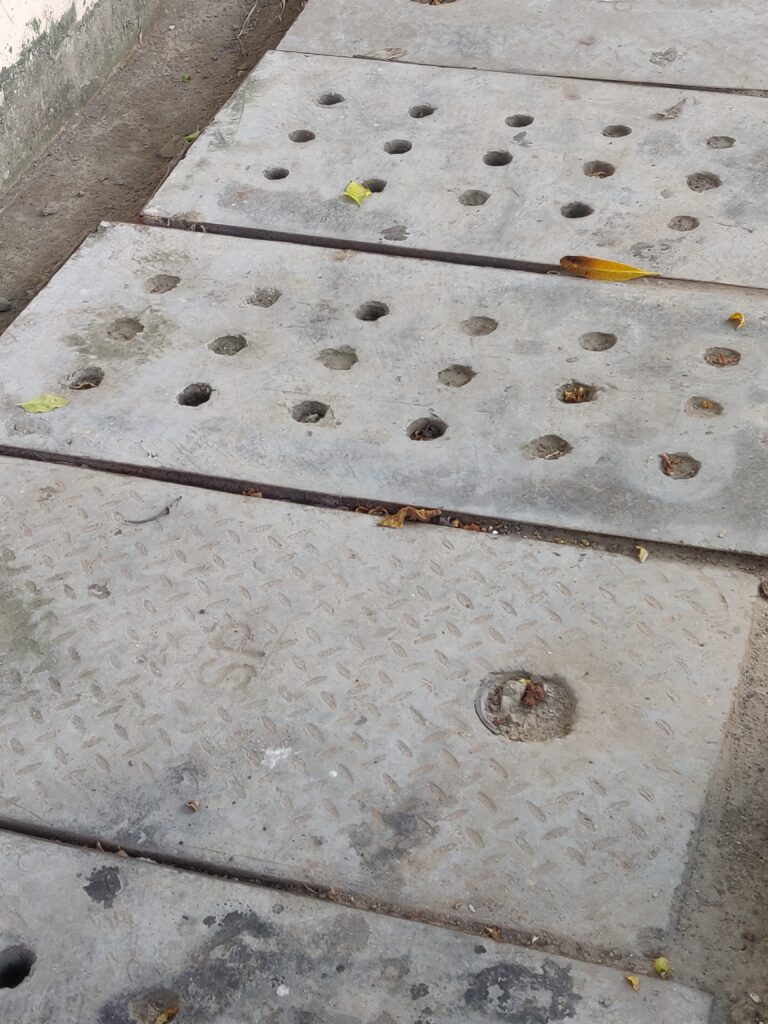
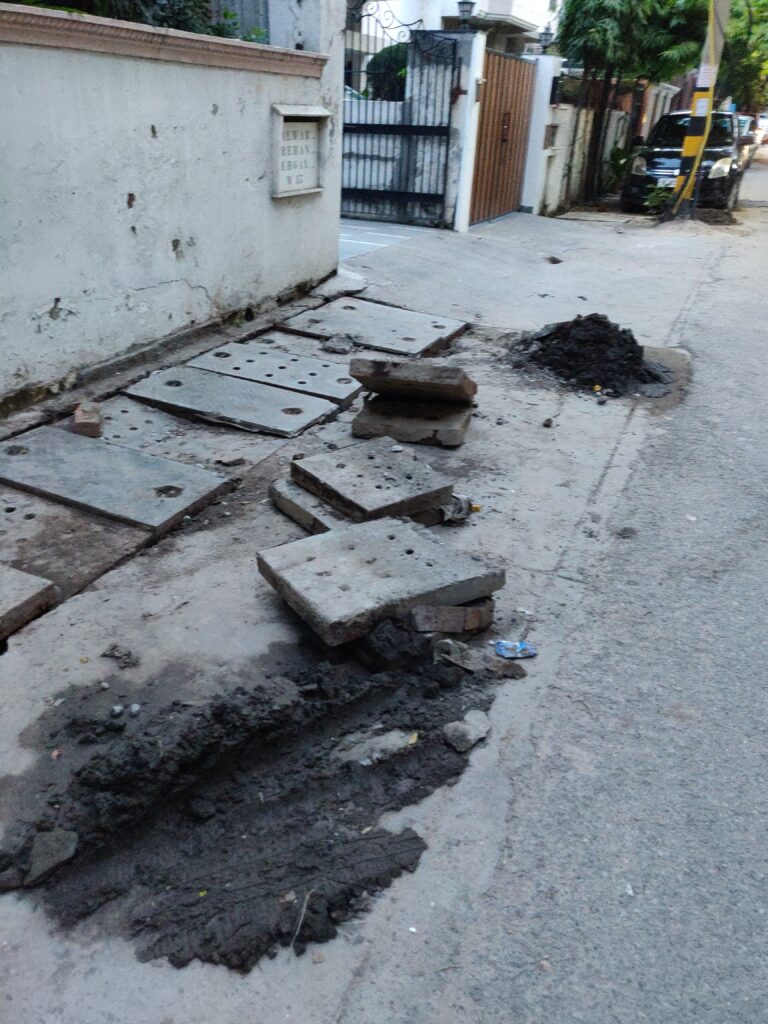
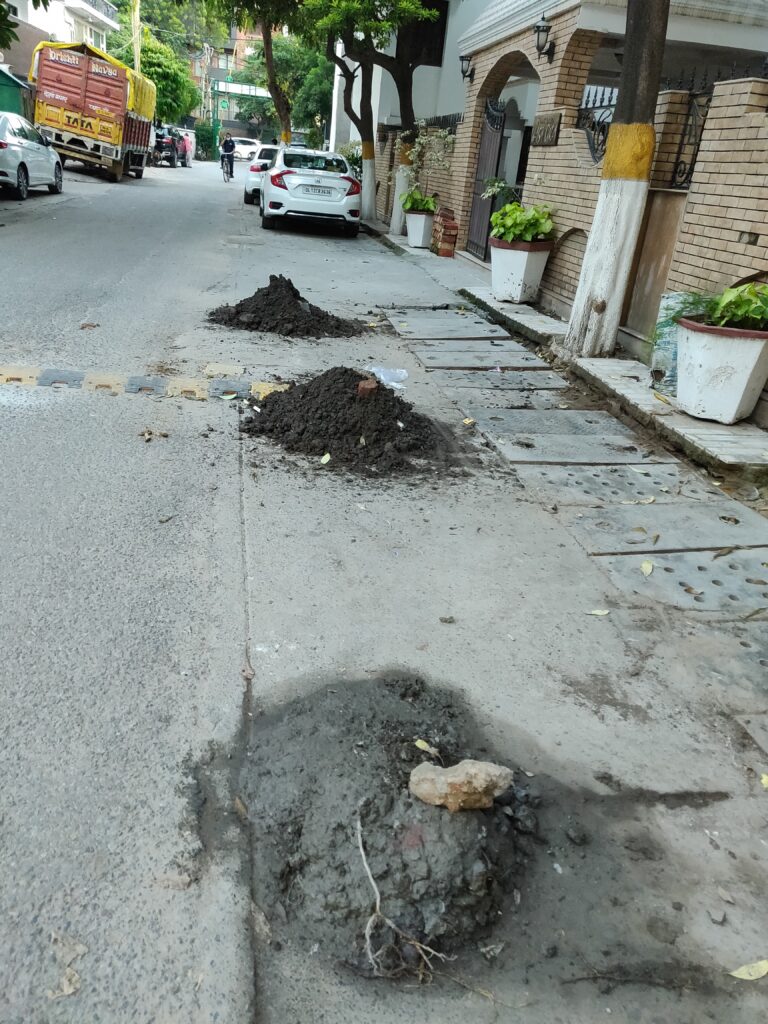
Khushlani it was quite inspiring to read the article.
Thanks Shantikam. I am glad you were inspired by the article.
Perfect analysis of the problem and it’s solution well executed by SDMC team under supervision of Shikha Rai ji. Being part of RWA , I was closely associated when it was being carried out. Good work should always be appreciated sidelining the political colours. 👏👏👏.
Thanks Mr. Verma, you were a very dynamic RWA Secretary. And you provided valuable support to Shikha Rai ji in implementing the project for W Block. After success here the project was further implemented in other blocks as well. And yes this is a technical journal on water and environmental issues. Politics has nothing to do with it. We have appreciated good work all over the world. In fact since I am a resident here I was able to study the impact personally. Also the study lasted 4 full years, after which this analysis was delivered by me. Manohar Khushalani. Editor